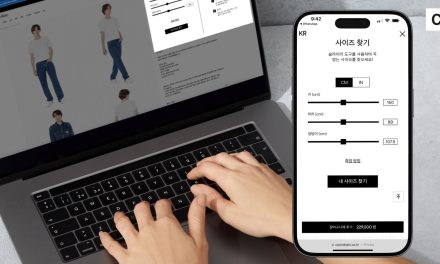Jordan Khoo, Managing Director, APAC, DoubleVerify, explains in this interview how marketers can use attention metrics effectively to measure exposure and engagement of their campaigns.
What are attention metrics?
Attention metrics look at the placement environment and interaction with an ad to determine if a consumer is paying attention. Historically, the closest proxy we’ve had for this is viewability, a simple metric that ascertains if the ad had the opportunity to be viewed.
At DV, attention can be broken down into two components: exposure and engagement.
Exposure is a measure of the ad’s entire presentation, quantifying its intensity and prominence through metrics such as viewable time, share of screen, video completion, audibility, and more. This can drive improvement in how people perceive your brand (brand favorability) and their ability to remember your ads after the fact.
For engagement – without tracking individual user behaviors – we aggregate and analyze key events that occur while the ad creative is displayed, including touch, screen orientation, video playback, and audio control interactions. Often, we find that high engagement levels correlate with increased conversions and can be used to indicate strong performance potential.
Attention metrics can help advertisers plan their campaigns in multiple ways, including at the placement and creative levels. In fact, according to eMarketer, 98% of marketers believe that by looking at deeper attention metrics, they could improve campaign performance and advertising outcomes, such as increased brand awareness and conversions.
What is the need for these types of metrics?
Privacy concerns and industry regulations such as the General Data Protection Regulation (GDPR) and California Consumer Privacy Act (CCPA) are impacting the way advertisers target audiences and measure campaign performance. Furthermore, the deprecation of cookies across all major browsers, Apple’s recent restrictions on their mobile identifier (i.e., IDFA) are expected to limit personalized advertising. Statistics from Flurry, for example, show that only 21% of active mobile app users worldwide have opted into app tracking following the release of iOS 14.5.
The deprecation of cookies has reduced the efficacy of existing targeting and measurement solutions. Multi-touch attribution tools, for example, can no longer measure all advertising touch points if they have limited visibility into the customer journey, and dynamic creative optimization tools cannot conduct proper A/B testing if they are not able to track and segment audiences.
In addition, existing privacy-safe solutions that do not rely on cookies or personally identifiable information (PII) have their own set of challenges. For example, media mix models are updated infrequently and are limited in granularity; panel studies are based on a small set of users and therefore are not necessarily representative, and brand lift studies are not actionable in real-time. With these limitations at play, privacy-friendly solutions that do not rely on cookies are now gaining importance.
What can advertisers really accomplish with Attention metrics?
DV’s Authentic Attention goes beyond traditional viewability, the classic proxy for performance, and reports real-time data in the form of actionable insights.
It empowers media teams to measure performance and improve campaigns in-flight by:
- Allocating budgets and updating inclusion/exclusion lists based on high performing Sites, Apps, PMPs and more
- Identifying and optimizing towards top performing placements or creatives based on attention levels
- Optimizing towards ad units that do not capture attention
- Choosing video publishers that deliver high exposure – and that can help maximize audibility and completion rates
It can also empower analytics teams to improve media planning by:
- Securing high performing inventory directly or as part of private marketplaces and negotiating rates based on attention levels
- Analyzing creative performance to inform the creative team on what’s working
- Buying units that have the most impact based on the creative size and buying environment

Is it still possible to track audience attention in our privacy-first world?
Most definitely, there are solutions that can track audience attention while still respecting privacy.
DV Authentic Attention provides real-time measurement of user attention and responsiveness to ad creative, allowing brands to optimize their placements and creatives according to what resonates most with audiences. We have also been able to prove a correlation between higher attention levels and improved performance. For example, a global tech brand leveraged DV Authentic Attention™ to uncover that high engagement impressions were 32% more likely to convert sign-ups to sales – improving direct response outcomes.
What privacy challenges will marketers face in the coming future?
As privacy-friendly attention metrics that do not rely on cookies grow increasingly important, there will be demand for these metrics on emerging platforms such as connected television (CTV) with the aim of helping advertisers address the challenge of holistic measurement across their digital campaigns – allowing them to compare performance of CTV inventory with that of other devices, such as mobile and web.
Understanding attention metrics on CTV will help advertisers optimize to best performing placements and see how their creative messaging is resonating with audiences in a privacy-friendly way – all on the largest screen in the home.


















